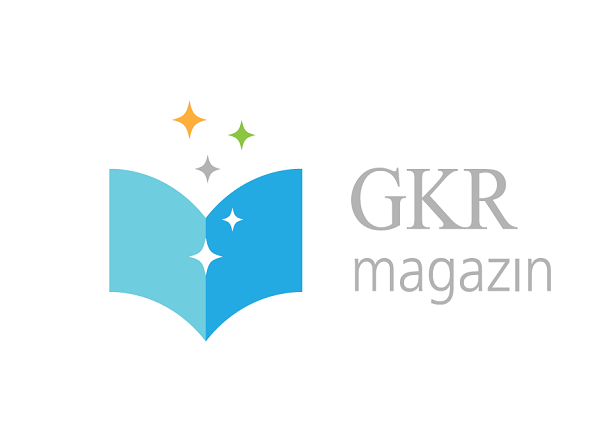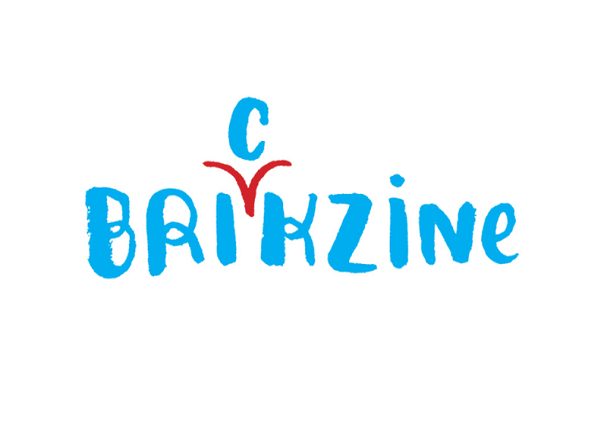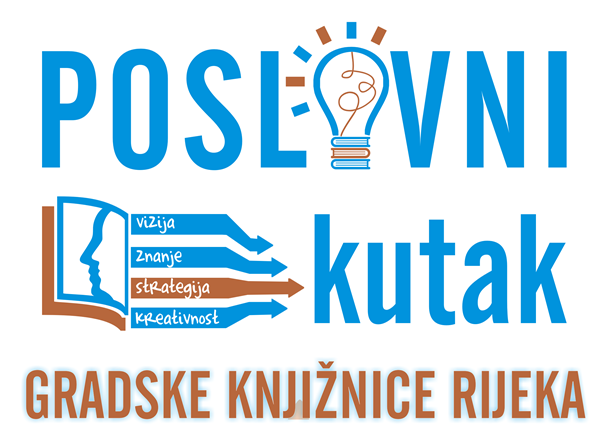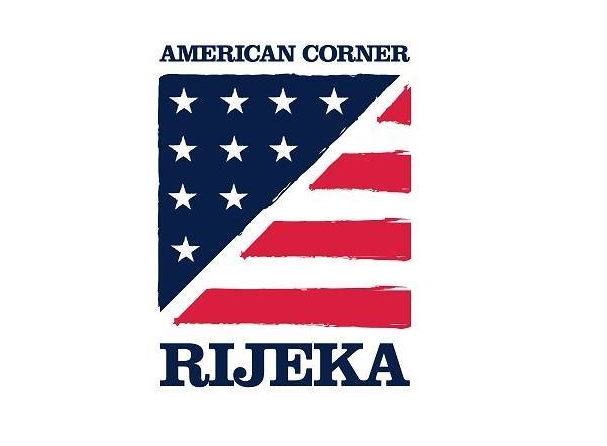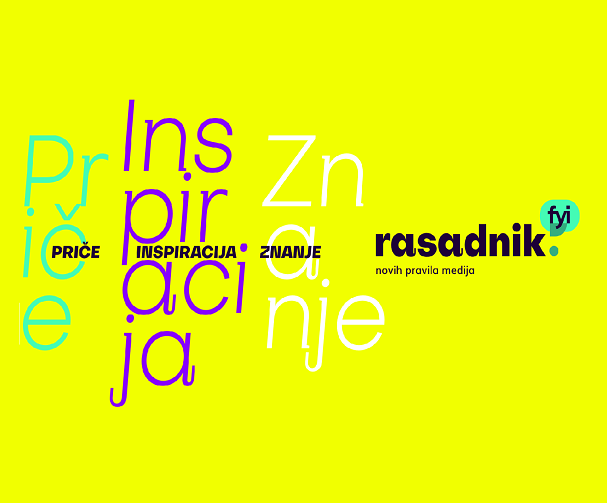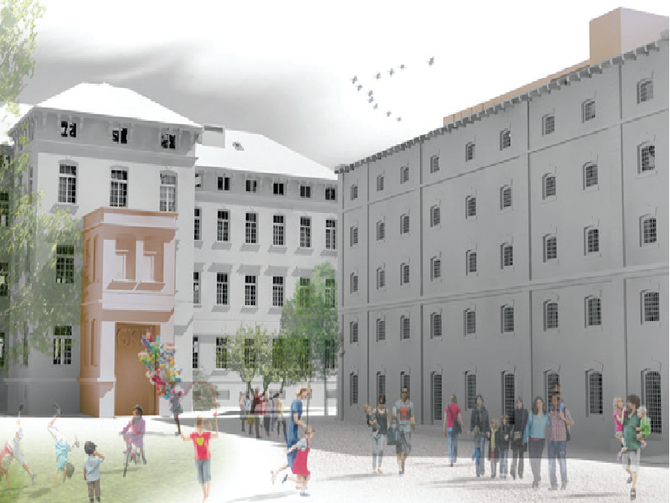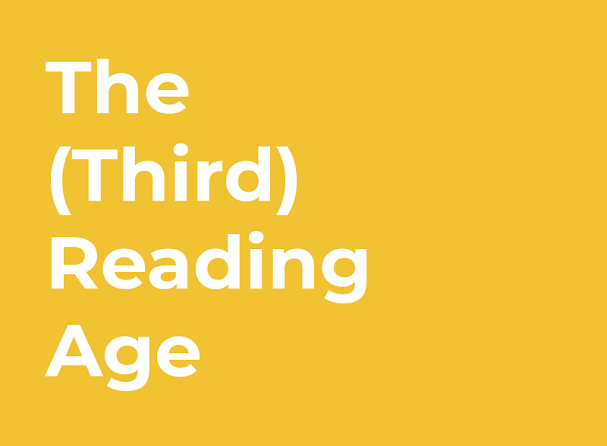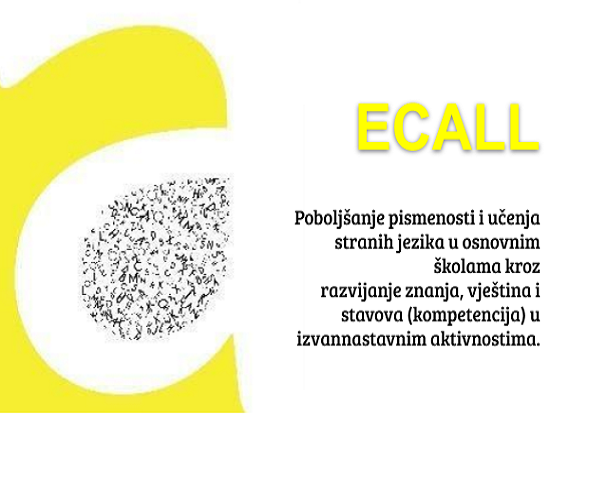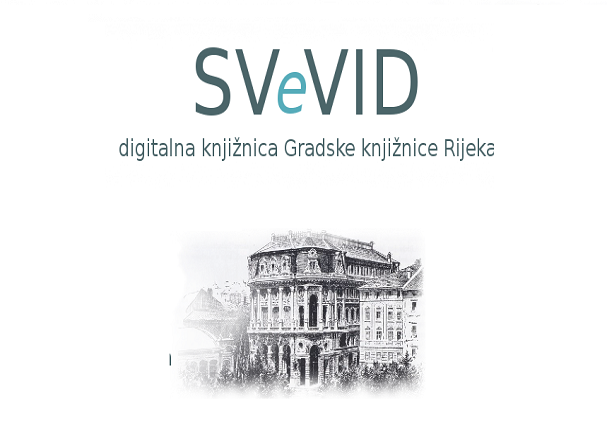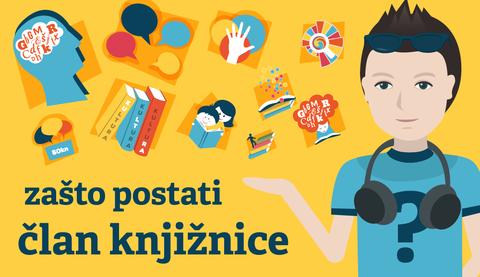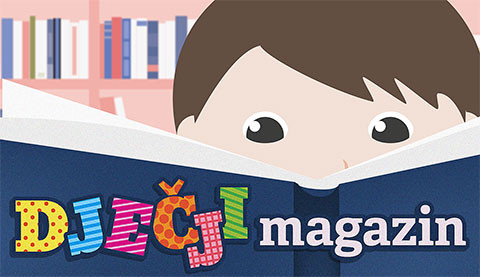1849
Narodna čitaonica riečka (Rijeka Public Reading Room) was established. Public Reading Room was the center of spreading literacy and information as well as an important element in the complex political and social situation of city life, and today it is a constituent part of Rijeka City Library.
1905
Under the leadership of famous Croatian politicians and social activists Ante Trumbić and Frano Supilo The Rijeka Resolution was passed in the Public Reading Room, one of the most important documents for political life of the then Croatia as a part of Austro-Hungarian Empire.
1919
In the midst of happenings that evolved around Rijeka after the First World War, Rijeka Public Reading Room was destroyed by the Gabriele D'Annunzio soldiers who formed the independent country in Rijeka, according to many the first fascist political unit in the world. Those were very rainy days for the reading culture in Rijeka as that is also the time the great book printing office Miriam was destroyed.
1947
After the Second World War, Rijeka Public Reading Room, now on the street named The Red Army Corso, assumed the role of a public library. The new communist government spread the motto “Book to the people!” which would incite formation of new reading rooms and libraries in the following period.
1955
Public Reading Room “Mlaka” and children’s library “Sušak” are established, and the latter soon began hosting storytelling activities for the youngest. Stories were often reproduced from vinyl records as well. This marked the beginning of enhanced work with children.
1960
Children’s section of the Public Reading Room is established under the name “Beli kamik” which would become the cult growing-up place for many generations of citizens.
1966
The Library is relocated to Palazzo Modello, architecturally beautiful building from the Austro-Hungarian period, that would, in the following decades, become a recognizable symbol and the destination to visit in order to get one’s favorite piece of literature. An interesting fact is that, before the Library was moved to the building, Palazzo was occupied by Rijeka City Bank! The new building brought the increase in the number of library members.
1973
Libraries are funded from the same source as all the other cultural institutions in Yugoslavia – from the tax money acquired from sales of pulp fiction and liquor!
1989
The Library acquired software for library catalogue and circulation. This marked the beginning of computing era in the Library.
1995
The Library gets CARNet connection along with only two other libraries in Croatia, entering the Internet era. Rijeka Public Library became the first Croatian public library to provide Internet access to its members, free of charge!
1999
Program “My favorite book” marked the start of activity series teenagers conducted themselves for their peers! It may sound trivial now, but at that time it was a substantial turnaround in the way citizens co-lived with the Library.
2004
In cooperation with Primorje-Gorski Kotar County government, the County Bookmobile Service is established with the goal to provide library services to towns in Gorski Kotar and other mountain areas of our County.
Librarian Verena Tibljaš received the IFLA- Poster Session of the Year Award.
2005
After the announcement of the tender for the preliminary architectural design of Rijeka City Library at Klobučarić Square, professor Hrvoje Njirić’s solution was awarded. Unfortunately, after many years of waiting for work on the new building to begin and insufficient funding, the project was abandoned in 2012 and the decision was made to start a new library project in an existing 19th century building within abandoned industrial complex. According to the City of Rijeka cultural strategy, the project should be finished by the year 2016 and would involve a specific transformation of former industrial facilities into a public library.
The Library undertook the organization of the 1st FestivalofCroatian Mobile Libraries and the 7th Round Table on Mobile Libraries with international participants.
The Library’s very first website was published.
